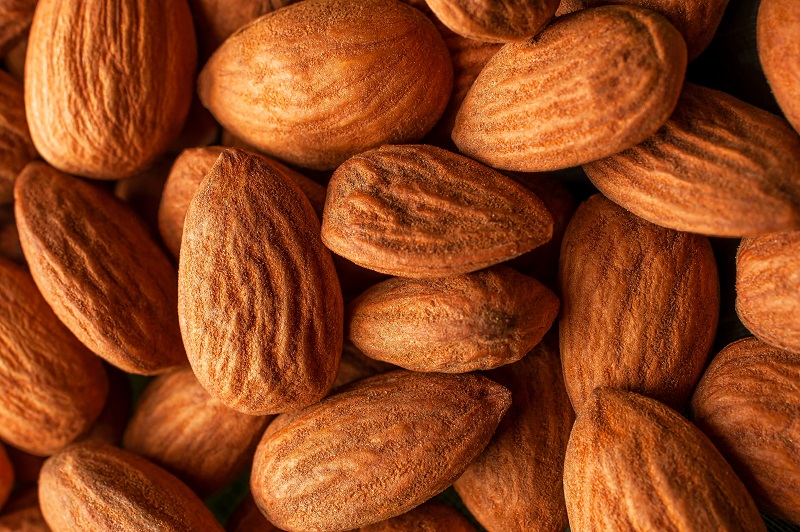USDA Research IDs Factors Contributing To Honeybee Queen Failure
Temperature extremes during shipping and elevated pathogen levels may be contributing to honeybee queens failing faster today than in the past, according to a study just published by USDA scientists in the scientific journal PLOS One.
‘Either stress individually or in combination could be part of the reason beekeepers have reported having to replace queens about every six months in recent years when queens have generally lasted one to two years,” explained entomologist Jeff Pettis with the Bee Research Laboratory in Beltsville, MD, who led the study. The Bee Research Laboratory is part of USDA’s Agricultural Research Service.
Queens only mate in the first few weeks of life. Then they use the stored semen to fertilize eggs laid throughout their life. Queen failure occurs when the queen dies or when the queen does not produce enough viable eggs to maintain the adult worker population in the colony. Replacing queens cost about $15 each, a significant cost per colony for beekeepers.
Commercial beekeepers usually order their replacement queens already mated, and the queens are shipped to apiaries from March through October. Researchers questioned whether temperature extremes during shipping could damage the sperm a queen has stored in her body. During simulated shipping in the lab, inseminated queens exposed to 104°F (40°C) for one to two hours or to 41°F (5°C) for one to four hours had sperm viability drop to 20% from about 90%.
In real-world testing, queens, along with thermometers that recorded the temperature every 10 minutes, were shipped from California, Georgia, and Hawaii to the Beltsville lab by either U.S. Postal Service Priority Mail or United Parcel Service Next Day Delivery in July and September. Researchers found that as many as 20% of the shipments experienced temperature spikes that approached extremes of 105.8°F and 46.4°F for more than two hours at a time. Those exposed to extreme high or low temperatures during shipping had sperm viability reduced by 50%.
“The good news is with fairly simple improvements in packaging and shipping conditions, we could have a significant impact on improving queens and, in turn, improving colony survival,” Pettis says.
Assessments of the queens sent in by beekeepers for this study found that almost all of them had a high incidence of deformed wing virus; Nosema ceranae was the next most commonly found pathogen.
Beekeepers had also been asked to rate the performance of each colony from which a queen came as either in good or poor health. A clear link was found between colonies rated as better performing and queens with higher-sperm viability. Poorer performing colonies strongly correlated to queens with lower-sperm viability.
“We saw wide variation in both pathogen levels and sperm viability in the queens that were sent in to us, and sometimes between queens from the same apiary in July and September, so there is still more research to do. But getting queens back to lasting two years may well be one of the links in getting our beekeeping industry back to a sustainable level,” Pettis says.
Source: Kim Kaplan, USDA-ARS










